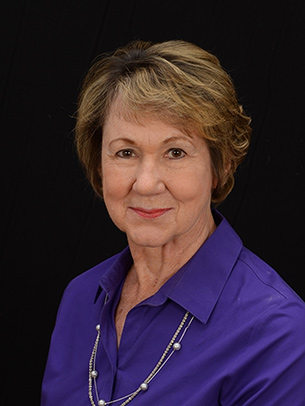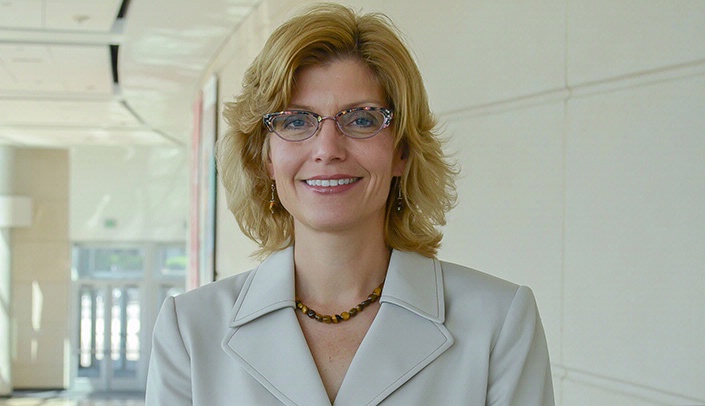Nancy Waltman, Ph.D., has been sounding the alarm to women for years about the dangers of osteopenia – early bone loss – which can lead to osteoporosis.
Statistics say 18 percent of women with osteoporosis, a disease of decreased bone strength and low bone mineral density, suffer a hip fracture and 22 percent die within a year of their fracture.
“There’s very little publicity about osteoporosis, yet it’s one of the major causes of death and disability in women,” said Dr. Waltman, a professor in the College of Nursing-Lincoln Division. “Women enrolling in our studies tell me that they weren’t aware they were at risk for bone loss, and they didn’t realize how frequently women with bone loss suffer complications like fractures.”
In 2002, she received her first major funding from the National Institute of Nursing Research/National Institutes of Health (NIH) to test interventions promoting bone health in postmenopausal women.
Dr. Waltman and Laura Bilek, Ph.D., associate professor, physical therapy, College of Allied Health Professions, are now principal investigators of a $3.2 million NIH grant testing interventions for preventing further bone loss and osteoporosis in post-menopausal women with osteopenia.

Nancy Waltman, Ph.D.
Prevention treatments are important since during the first five years after menopause women lose 2 percent of their bone mineral density each year.
“It’s a fairly new idea, both on the federal level and at UNMC, to have two principal investigators from different disciplines who are equally in charge of a federally funded
grant,” Dr. Waltman said. “I know we wouldn’t have been funded otherwise. Our contributions together are essential.”
Women are randomly assigned 12 months of one of three treatments: calcium and vitamin D only; a bisphosphonate plus calcium and vitamin D; or a structured exercise program plus calcium and vitamin D.
For the five-year study, Dr. Bilek designed an exercise program for one arm of the study.
One of their hypotheses: Exercise may more effectively improve bone structure than either bisphosphonates or calcium and vitamin D alone.
Though exercise is one of the most useful tools to prevent bone loss, it also is the biggest obstacle, Dr. Waltman said.
“Exercise is the magic pill, but most people don’t adhere to exercise,” she said. “The side effects of exercise are that it lowers blood sugar and blood pressure, decreases weight, increases energy and improves mood. We need more studies on exercise adherence.”
Dr. Bilek said many women think about exercising for reasons such as cardiovascular health but don’t consider their bones.
“But walking alone is not enough to improve bone health. It is important to add exercises such as weight lifting, jump roping or hiking.” For more information about the study, call 402.559.6584 or email hops@unmc.edu.
